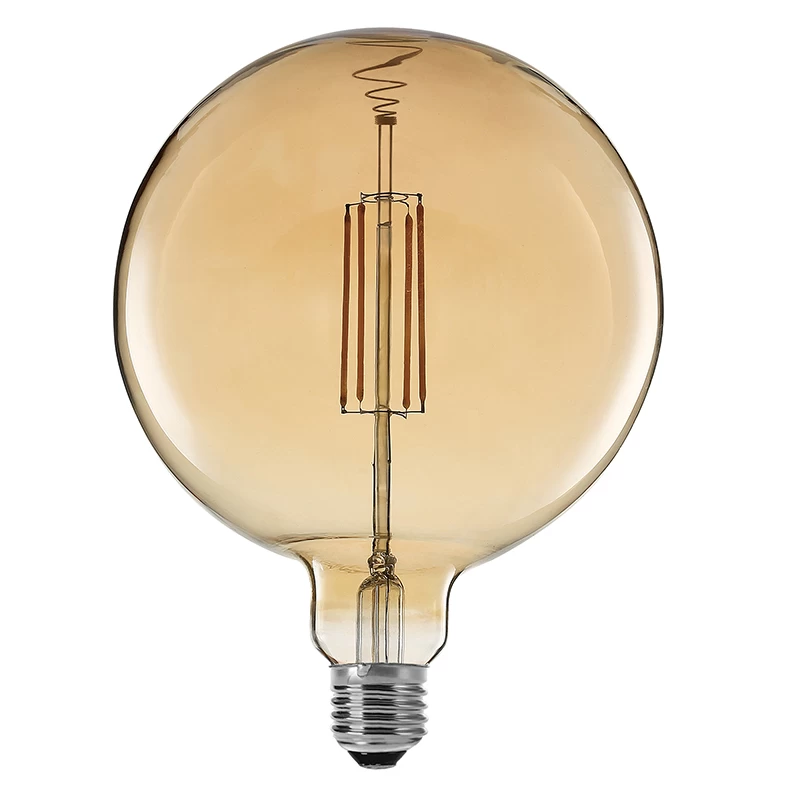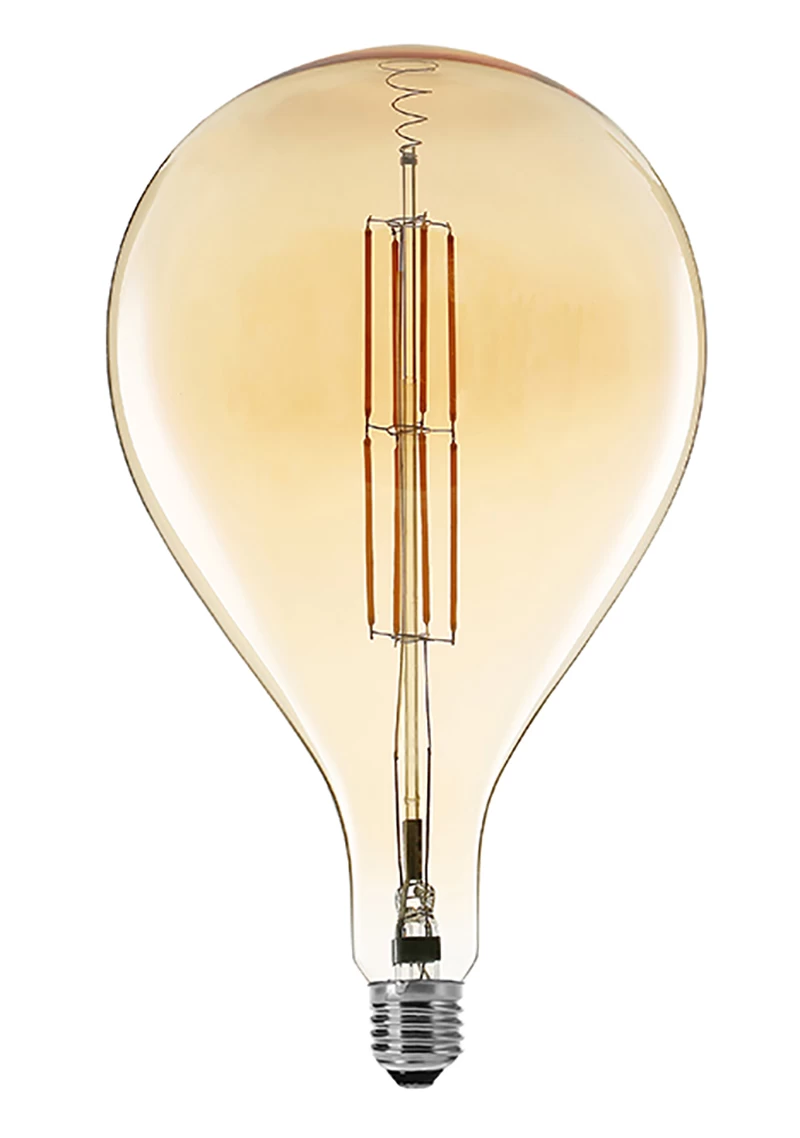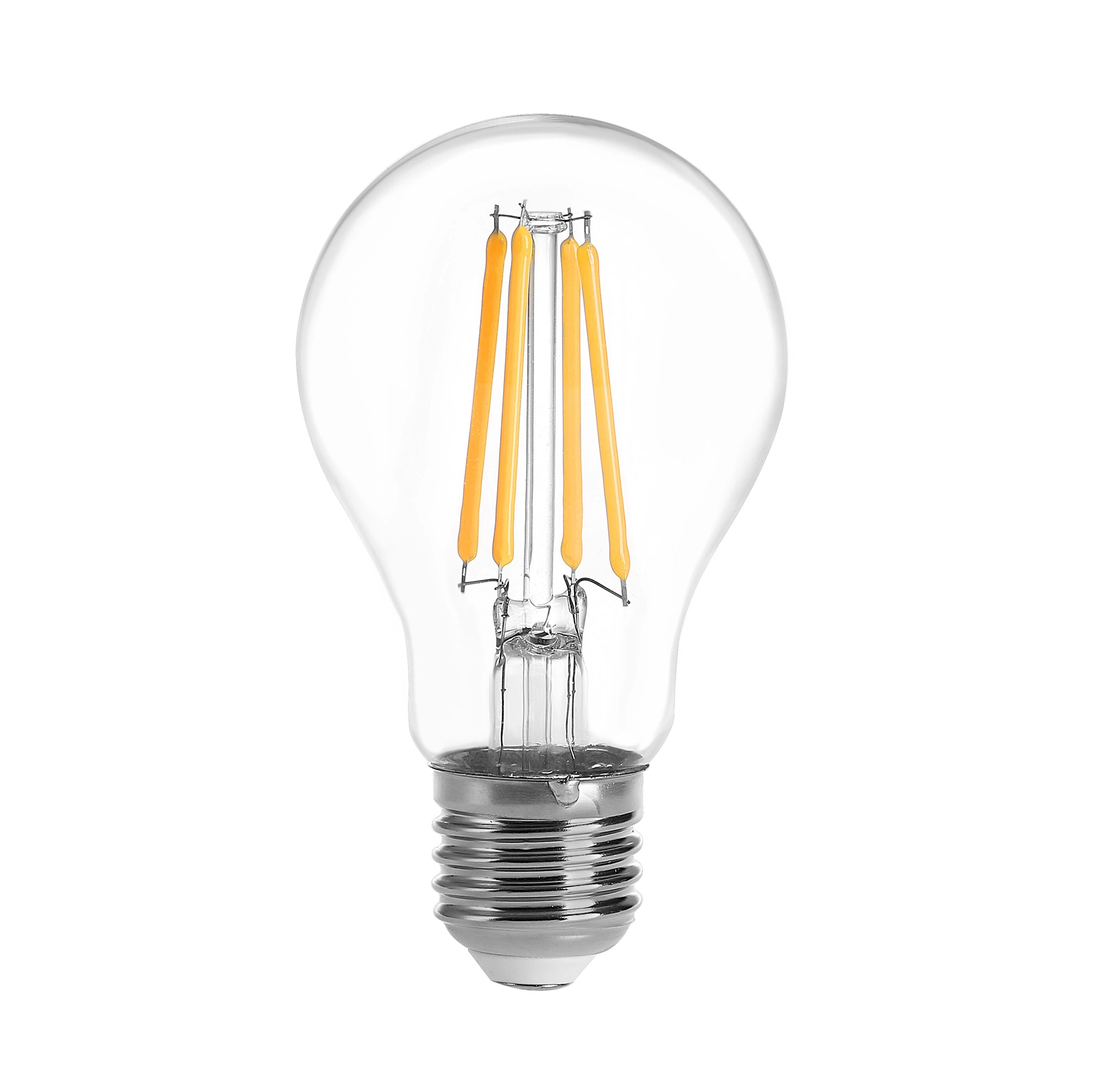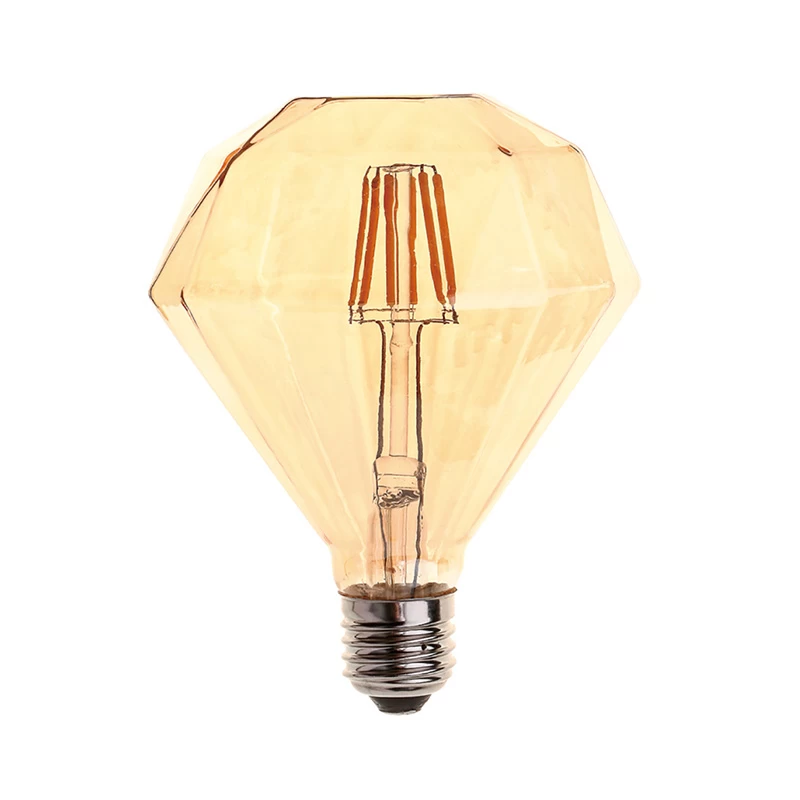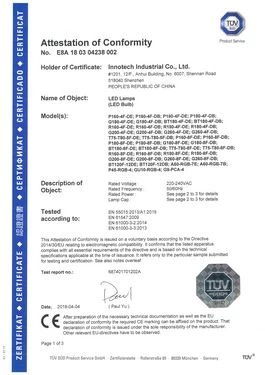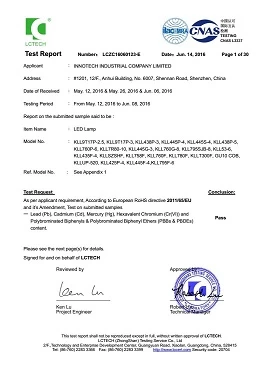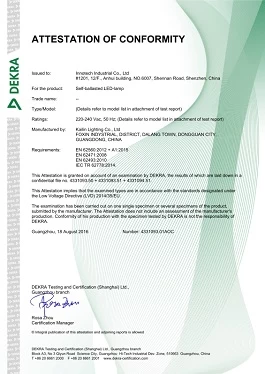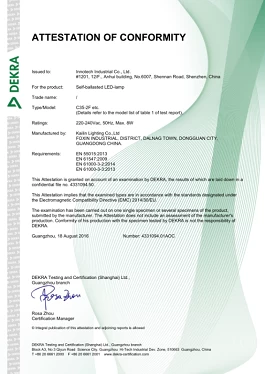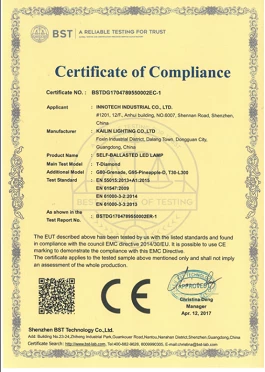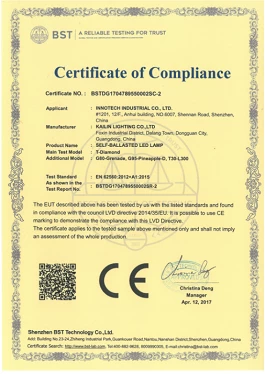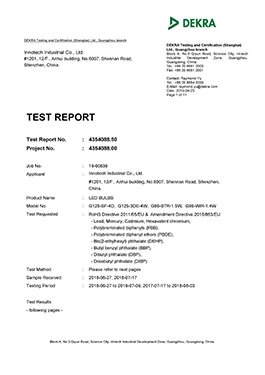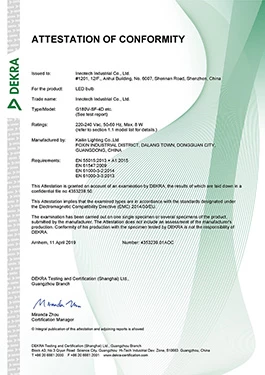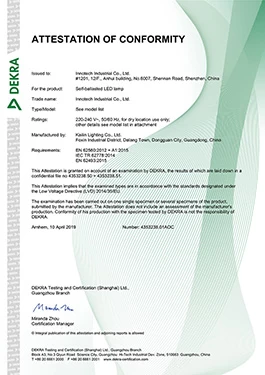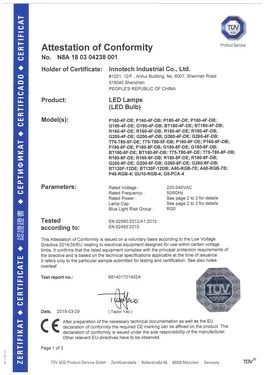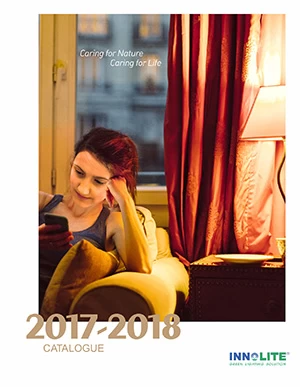Here are a few things to consider when choosing LED light bulbs...
Efficiency, Colour Temperature, Colour Rendering, Heat Output, lifetime, etc.
It takes only half of the time to grow wheat with special LEDs
Innotech
Innolite
2018-04-17 15:45:35
Researchers have discovered that a method of growing wheat twice as fast as normal can make a small contribution to feeding the world's fast-growing population.
According to Dr Brande Wulff, leader of the research team, it usually takes 4 to 5 months for crops to get from seed to harvest. On the other hand, the team used custom LEDs (LED Edison lights dimmable) To grow crops, which only took 8 weeks. At the John Innes Center Plant Research Center in Norwich, UK, the research group irradiated plants for 22 hours each day and provided a rich nutritional solution. But still they want to try to use more planting techniques than standard laboratories.
Dr Wulff said: "We need urgent growth that can better adapt to future climate, rage over time and develop better crops. These new crops will be affordable, more nutritious and produce higher yields. Feed the world's growing population."
 It is understood that these crops are also larger and healthier than those under normal growth conditions. LEDs (Vintage LED lights for home) Used by researchers mainly emit blue light and red light required for photosynthesis of plants. Most laboratories and greenhouses use sodium lamps similar to street lamps.
It is understood that these crops are also larger and healthier than those under normal growth conditions. LEDs (Vintage LED lights for home) Used by researchers mainly emit blue light and red light required for photosynthesis of plants. Most laboratories and greenhouses use sodium lamps similar to street lamps.
Dr. Wulff pointed out that most of the yellow and green light emitted by the sodium vapor lamp is not required for growth and the LED light (Opal Plastic LED Lights) Provides only the light needed for the photosynthesis of the plant.
However, as it is impractical to irradiate large farms at night, the team's "fast planting technique" can not be applied to farms. Dr Wulff said, however, that the research results are expected to accelerate the development of crop research and produce crops that have better adaptability, more nutrients and need fewer chemicals.
In addition, the research team tries to grow six generations of cereals, peas and chickpeas within a year.
According to Dr Brande Wulff, leader of the research team, it usually takes 4 to 5 months for crops to get from seed to harvest. On the other hand, the team used custom LEDs (LED Edison lights dimmable) To grow crops, which only took 8 weeks. At the John Innes Center Plant Research Center in Norwich, UK, the research group irradiated plants for 22 hours each day and provided a rich nutritional solution. But still they want to try to use more planting techniques than standard laboratories.
Dr Wulff said: "We need urgent growth that can better adapt to future climate, rage over time and develop better crops. These new crops will be affordable, more nutritious and produce higher yields. Feed the world's growing population."

Dr. Wulff pointed out that most of the yellow and green light emitted by the sodium vapor lamp is not required for growth and the LED light (Opal Plastic LED Lights) Provides only the light needed for the photosynthesis of the plant.
However, as it is impractical to irradiate large farms at night, the team's "fast planting technique" can not be applied to farms. Dr Wulff said, however, that the research results are expected to accelerate the development of crop research and produce crops that have better adaptability, more nutrients and need fewer chemicals.
In addition, the research team tries to grow six generations of cereals, peas and chickpeas within a year.

 +
+




